 |
• THE EARTH OF DA LAT
Dalat appears warmly in some paintings of hills and mountains, which are the "earth veins" of Dalat. The painting "A hill" has the main colors of orange-yellow - red basalt soil - brown stone - the typical colors of Lam Vien plateau. Interspersed with a bit of light green like moss, along with streaks of red, dark pink like the flesh and blood of the hill. All blend in the warm light like the early morning sunlight - the light soaked in dew and pine resin of Dalat. The painting does not describe Dalat with familiar images such as pine forests, lakes or ancient villas. Instead, it is a state of mind, a memory of the terrain, a deep emotional field about the highland land. At first glance, the "hill" appears like a living being lying on its side, with rough, undulating blocks like the skin of the land. That shape evokes a primitive species sleeping in the sunlight. Nature and humanity are integrated, opening up an “organic” view of the landscape of Da Lat - where people and nature are not separate, but live and breathe together. The folds, cracks, and curves like stone veins or earth veins are drawn with soft and free strokes, creating an emotional visual texture, as if looking through the layers of time. The small point at the top of the painting - a bright red circle - is like the abstract eye of the hill. It is this detail that makes the horizontal composition (the land) become soulful, emotional, like a memory being called back from the depths. This painting does not describe Da Lat with the eyes, but calls back to Da Lat with memories and feelings - where those who have loved that land will recognize it in the rhythm of color and the thoughtful life in the material.
If “A hill” is the image of Dalat lying on its side in a geological dream, then “Horse Face Hill” is like a forehead, a proud slanted face of nature, where Dalat appears as a mysterious species, both reminiscent and distant. The name of the painting “Horse Face Hill” evokes a bold association: the protruding, gently slanted, rounded mountain, expressed by smooth color transitions, is the image of the cheekbones, the bridge of the nose and the forehead of a face that radiates freedom, nobility and wildness. In an abstract perspective, the painting seems to embody the spirit of Dalat: high but not arrogant, silent but full of charisma. The dark color blocks like earthy pink, dark red in the background of the painting are not only symbols of basalt soil but also like blood flowing under the skin of the mountain, creating psychological depth for this seemingly quiet image. Right in the middle of the painting is a slanted streak of light, light purple and golden like a horse feather, or a streak of light gliding over the hillside. It is like the footprint of the wind, or the moment when the sun just passed by, leaving a soft line on the quiet painting. That detail creates a visual rhythm, breaks the silence with a gentle movement, brings life, the dreaminess that is very typical of the climate and light of Dalat.
“Strange Roofs” depicts a view from above - square roofs, sharp corners, stacked on top of each other like cubes. The main color tone is pale yellow mixed with concrete gray, highlighting the stiffness, lifelessness and repetition. The electrical system, chimneys, architectural details are stretched, deformed like painful veins, creating a feeling of suffocation and imbalance. No more green pine trees, no more winding hills, the urban area in the painting is a strange urban area - a place where people have built too much and forgotten the original feelings when they came to this place. The sky turns from banana green to burnt yellow - showing a transformation of nature under human influence. This yellow light is not the poetic sunlight of the plateau, but the baked sunlight, strange sunlight, the sunlight of cement and bricks, the light reflected from artificial walls, not from leaves, lake water or fog.
Hoang Nhu Thuy An is the pen name of both poetry and painting of Hoang Nhu Bua, born in 1948, in Cao Doi village, Phu Loc district (Hue). He is deeply attached to Lam Dong . When Lang Bian Magazine was born, he worked at the magazine as a presentation and art editor. He has participated in more than 20 group and solo exhibitions in Da Lat, of which the Ngu Cu exhibition in 2017 marked his personal path. A stroke left him paralyzed on one side, his right arm holding a pen and a brush became powerless. He has tried for many years to practice drawing with his left hand. And finally, he exhibited again as before...
• THE SUNSHINE OF DA LAT
In the series of memories of Da Lat, horses are lovely animals. In Hoang Nhu Thuy An's paintings, there is a motif of a boy and a horse drawn on a warm orange-yellow background, which is the "sunshine of Da Lat". The painting "Boy and Horse 1" is printed in a catalog, the blue background gradually changes to green, evoking a gentle feeling like a dream. The boy and the horse face each other, almost nose to nose, eyes to eyes, evoking a deep connection between humans and nature. The boy has big eyes and dreamy long eyelashes, the horse also has very "human" expressive eyes, both seem to be talking, sympathizing, understanding. A bit of innocence, purity, like the first friendship between a child and a horse overflowing with emotions, is the embodiment of innocence, primitive empathy, humans and animals no longer have boundaries of species but merge in a pure connection.
The painting “The Boy and the Horse 2” depicts the image of a boy embracing the head of a gentle and dreamy horse, both of them seem to dissolve into each other in a soft, graceful shape like a warm orange-yellow silk strip, evoking the feeling of sunset, of the earth, or even of the fetus - where all living beings are formed in the primitive light. That color embraces the viewer's vision, bringing us back to the emotions of childhood, of the peace before separation. This is not an ordinary hug, but an embrace of the essence, where emotions and existence blend without boundaries. “The Boy and the Horse 2” is a visual poem of compassion and primitive love.
What is special is that all 29 paintings on display this time were painted after poet Hoang Nhu Thuy An suffered a stroke and was paralyzed on one side of his body; he taught himself to paint and painted with his left hand, which is not his dominant hand. Just that alone, he deserves to be admired for his extraordinary willpower and boundless passion for art...
Source: https://baolamdong.vn/van-hoa-nghe-thuat/202506/mach-dat-va-sac-nang-da-lat-trong-tranh-hoang-nhu-thuy-an-e3f374c/


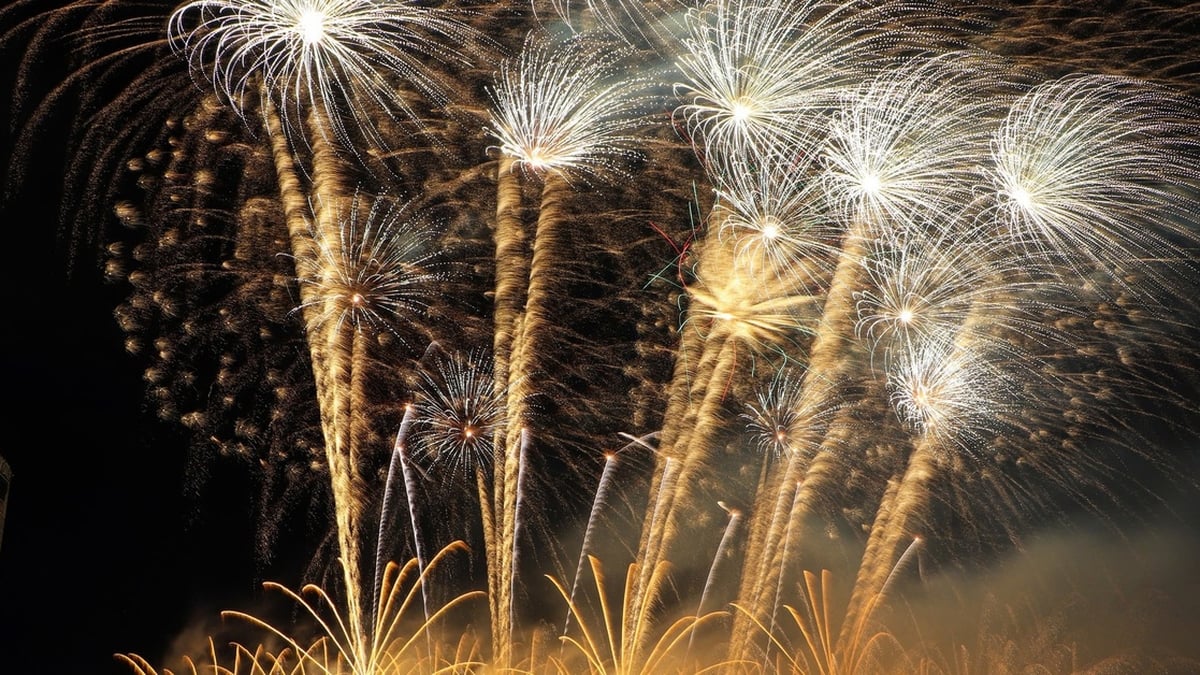
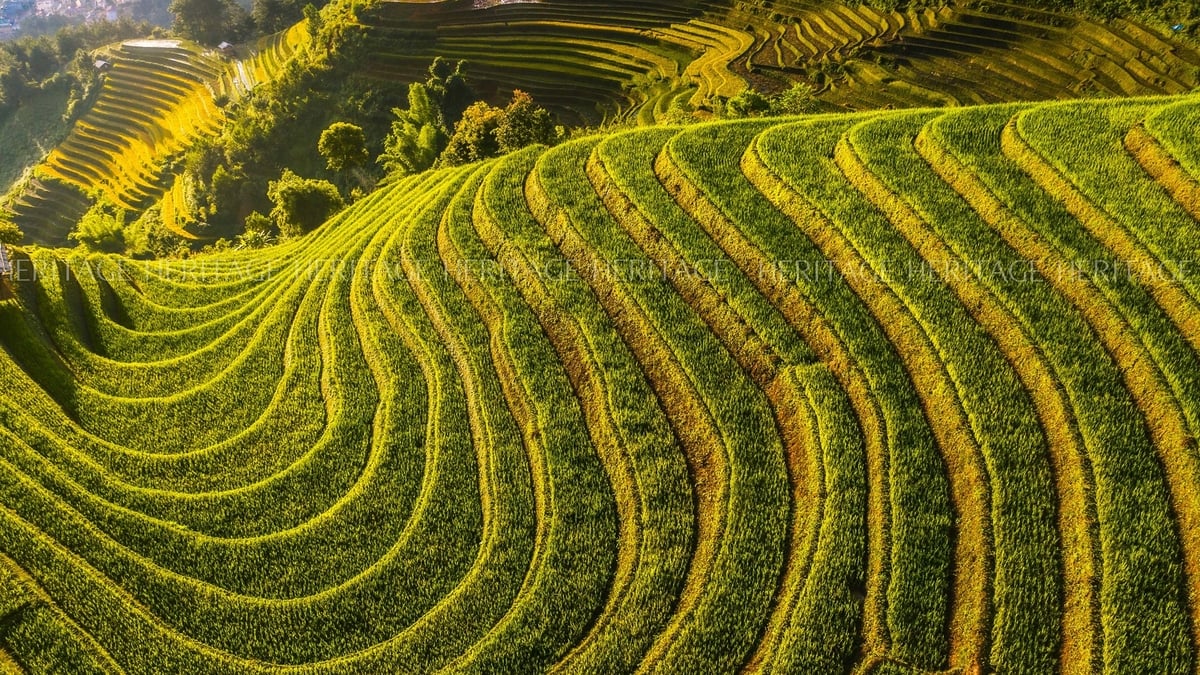
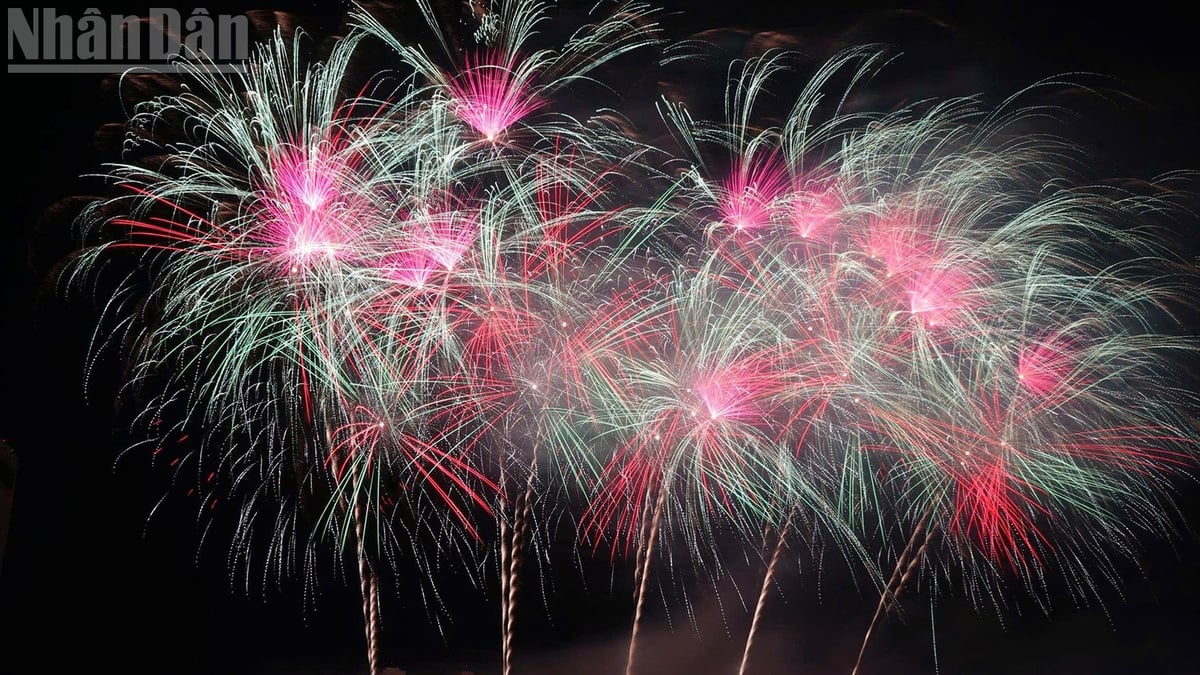
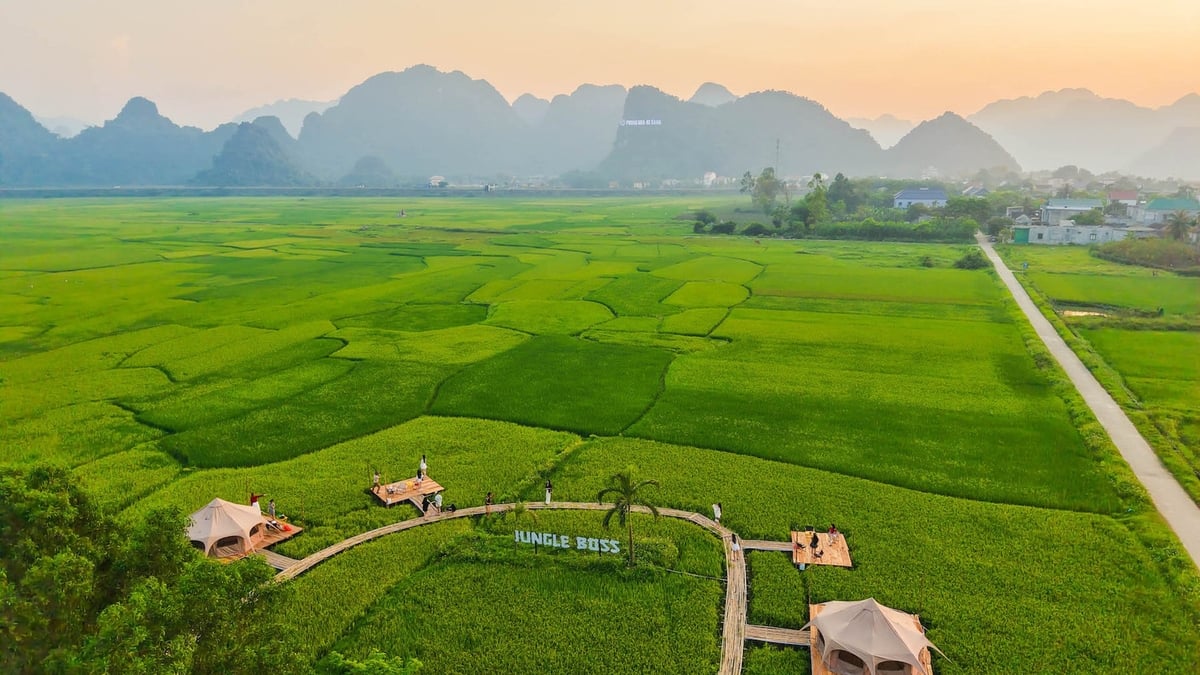

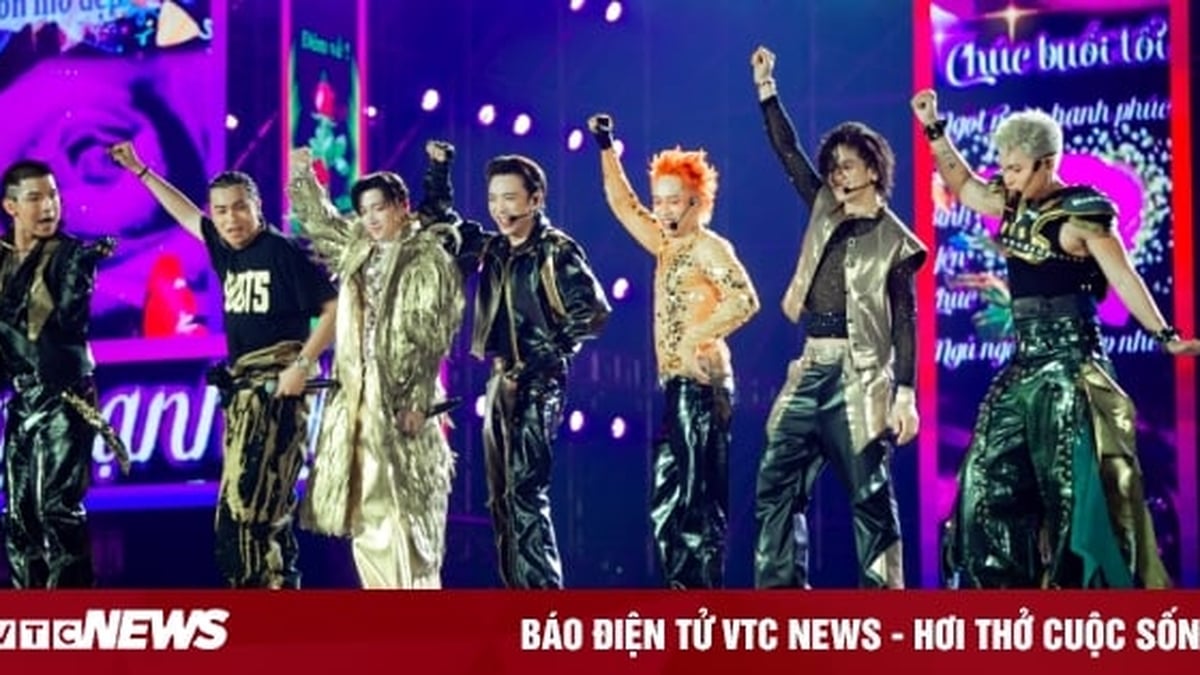
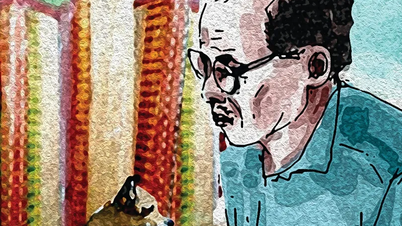



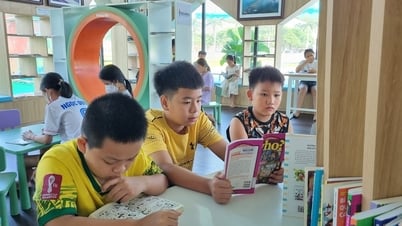








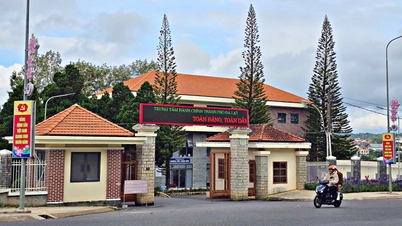



































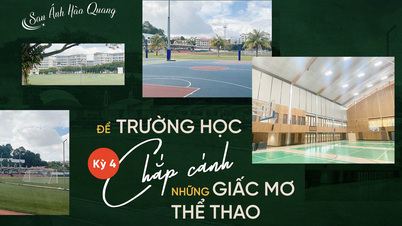


















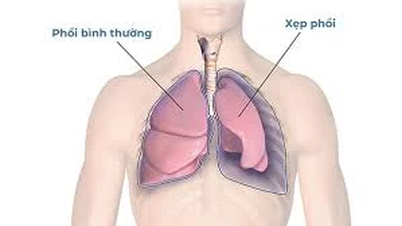

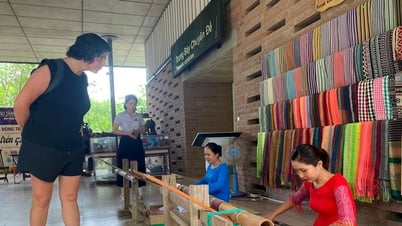
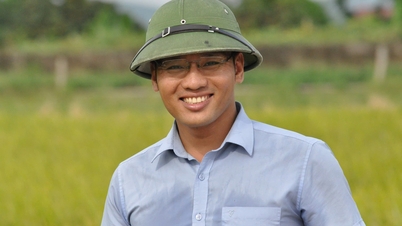

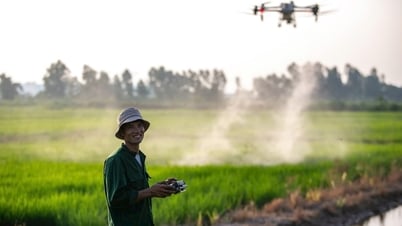












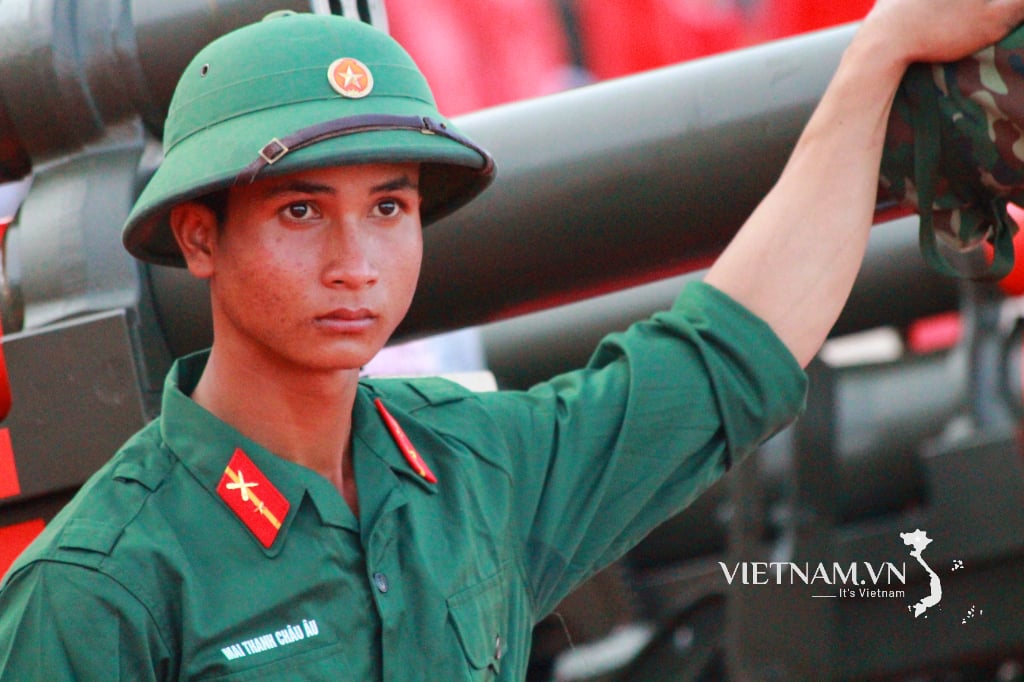
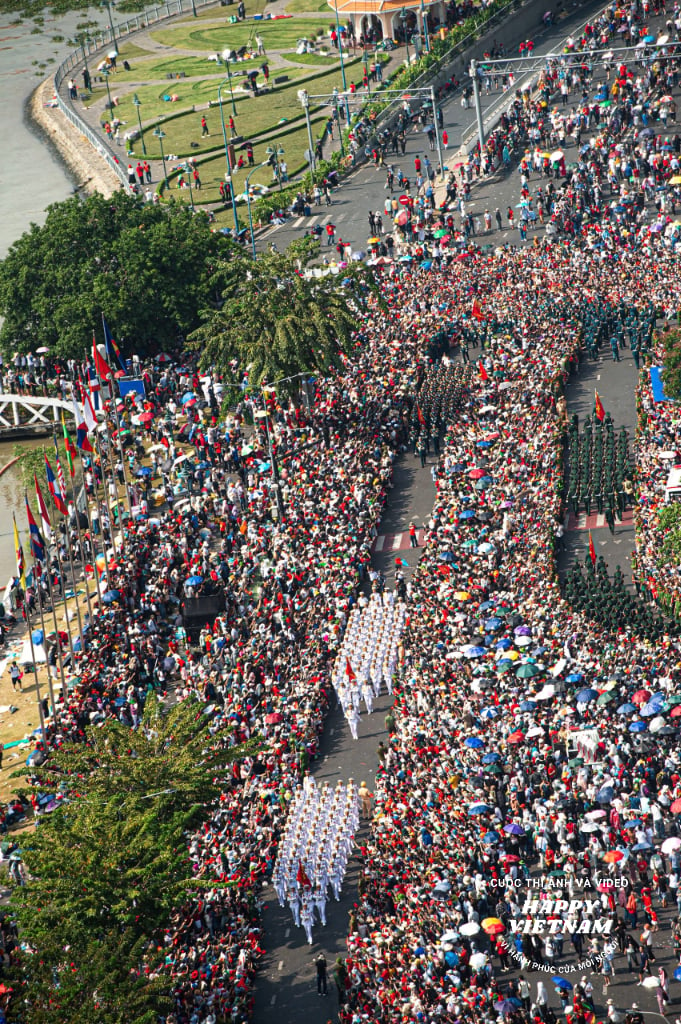

Comment (0)